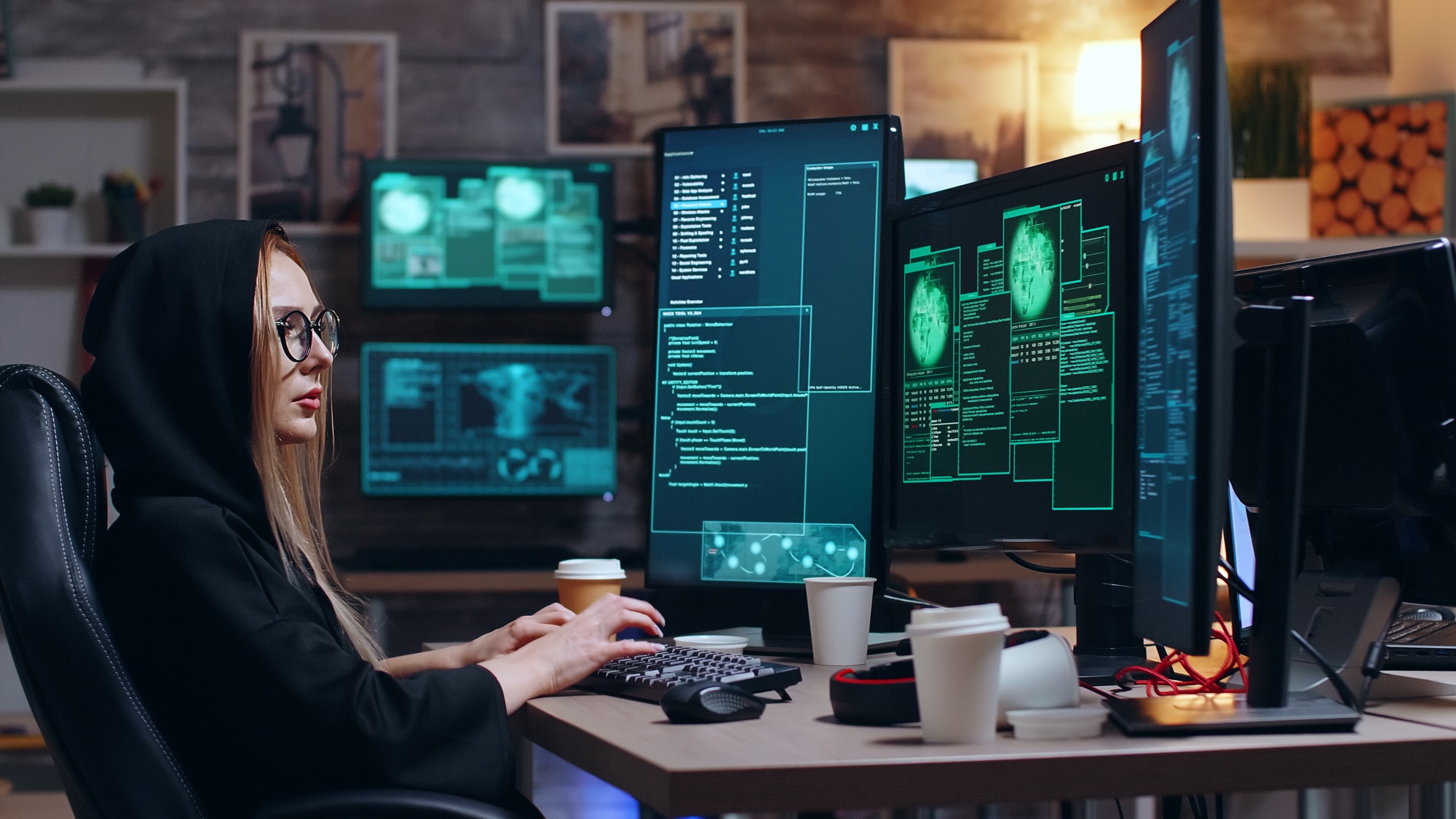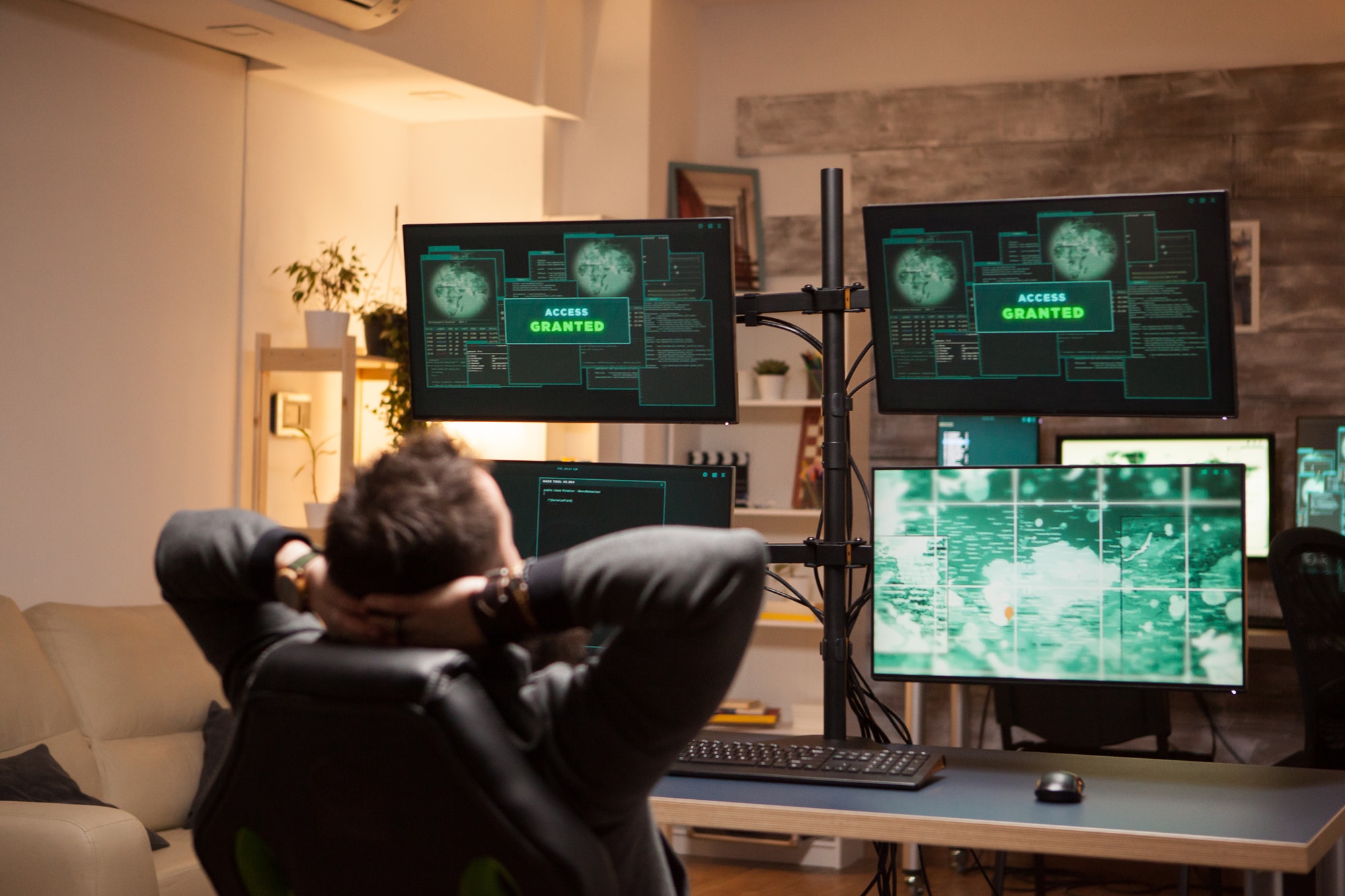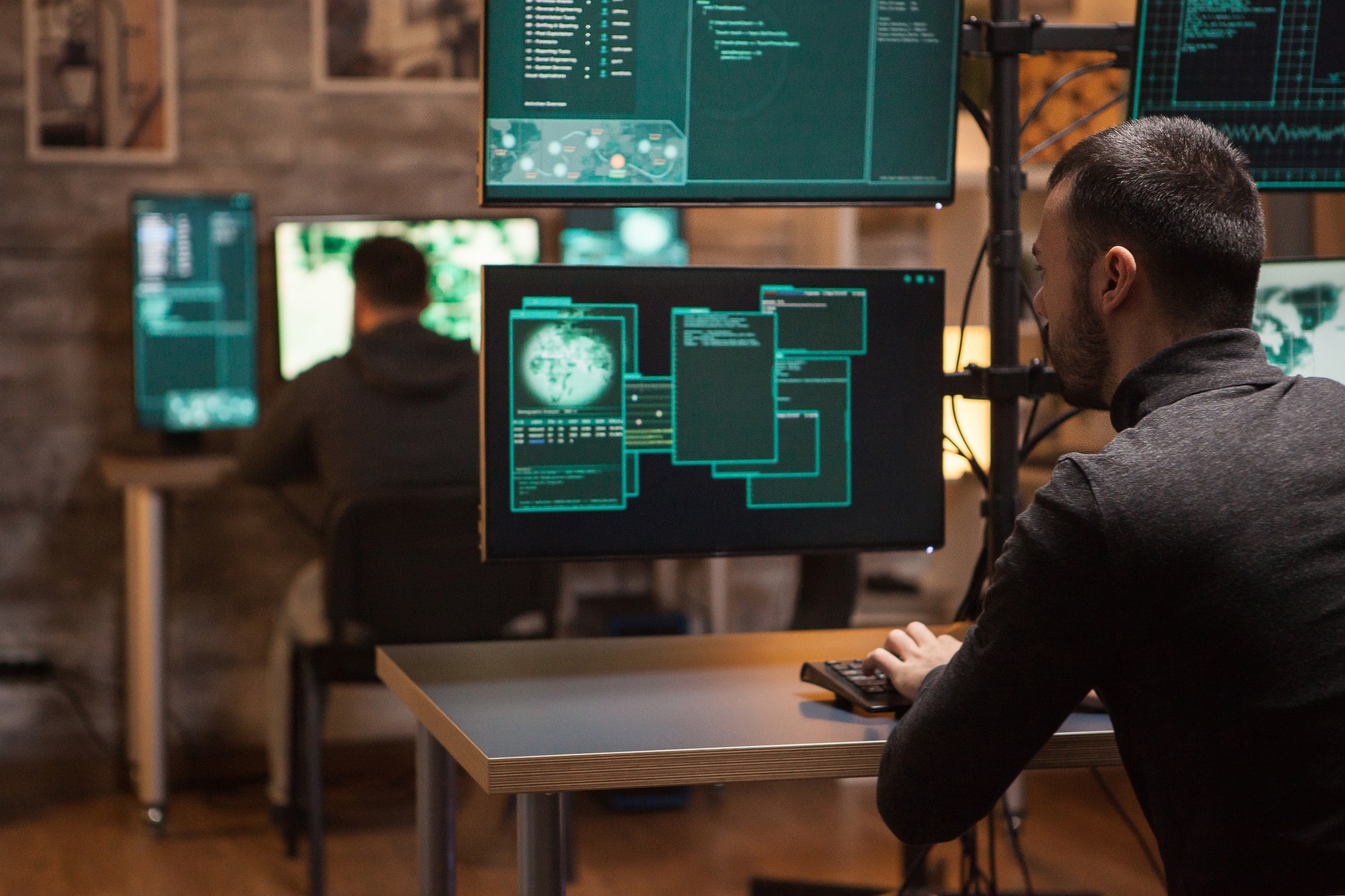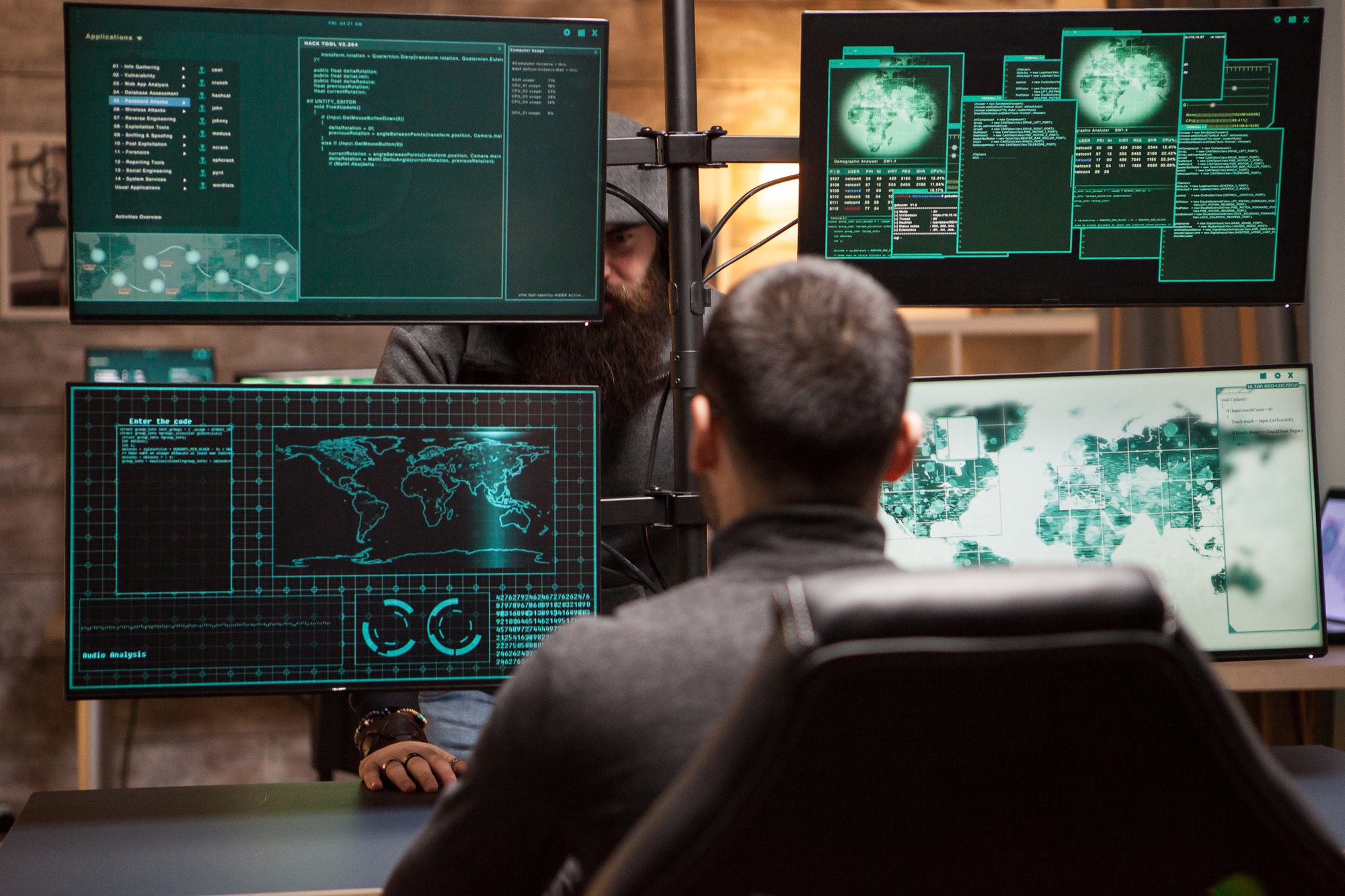Prevention of Cyber Crime: A Legal Issue
These online crimes can affect society just as much as those committed in the real world.
Categories:The three main categories of cybercrimes are those committed against:
People, property, and governments.
How can this cybercrime be stopped?
Raising the likelihood of being apprehended and found guilty is necessary. India has a rule on evidence that takes into account admissibility’s, authenticity, correctness, and completeness to persuade the judiciary. Obtaining evidence in cases of cybercrime that will withstand judicial scrutiny is the difficulty.
Legal requirements should give users assurance, strengthen law enforcement, and deter criminal activity. India has passed the first information technology law, the Information Technology Act of 2000, based on the UNCITRAL model suggested by the UN General Assembly.
Offences and crimes are covered in Chapter X1 of the Act along with a few other sections.
The first step in properly defining each cybercrime is to group all of the behaviors that may qualify as cybercrimes into logical categories. That is what the IT Act of 2000 seeks to accomplish.
Principal Cybercrimes
- Unauthorized access Interference with the system
- Illegal interceptions Misuse of equipment
- Interference with data Forgery using computers, etc.
Information technology abuse,
- unauthorized access,
- hacking, virus and Trojan attacks,
- crimes involving email and IRC,
- Forgery; cyber stalking; invasions of personal privacy;
- Electronic documents can be signed with digital signatures, which are recognized as being comparable to physical signatures (sections 3 and 5).
- According to Section 4, electronic documents are equivalent to paper documents.
Bills of trade, promissory notes, and powers of attorney are exceptions. Trust Deed, among other things; a number of violations and offences are recognized under chapters IX and XII of the Act; extraterritorial jurisdiction is covered; quick justice
- Sections that constitute offences under the IT Act 2000 include “hacking with computer systems” and “tampering with computer source documents” (sec. 65 and 66).
- Publication of an erroneous digital signature (section 73)
- Privacy and confidentiality violations
- Computer-related crimes are subject to both the IPC and specific laws.
- Sending threatening emails is against the law (see Section 503), as are falsifying electronic records, spoofing emails, web jacking, and selling drugs online (see Sections 463 of the IPC and 383 of the IPC, respectively).
